Are you interested in learning more about animals with blue blood? If yes, then this article is for you. Blue blood is a rare condition found only in certain species of mammals.
what animals have blue blood?
- Snails
- Spider
- Squid
- Antarctic octopus
- Horseshoe crab
- Pillbug
- Scorpion
- Lobster
- Prawn
- Crayfish
- Lobsters
- Scallops
- Barnacles
Table of Contents
Animals With Blue Blood :
Snails
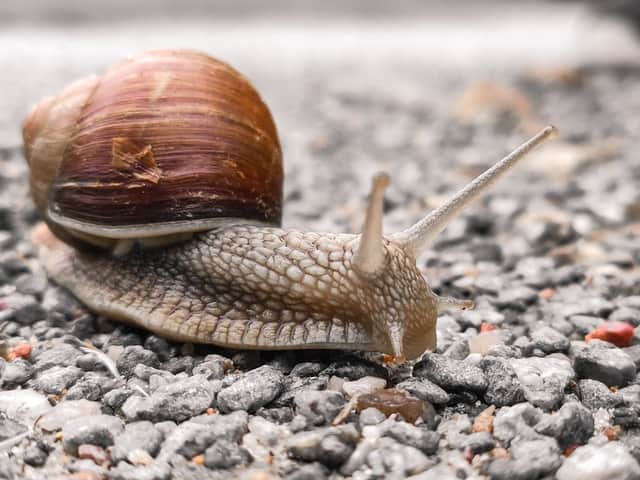
Does snail have blood?
Most snail blood is blue in color, Snail blood is red when fresh, but turns blue after drying out. The color change happens because the hemoglobin inside the cells changes from oxyhemoglobin to deoxyhemoglobin.
Snails can live for up to 10 years. They eat algae, which they filter from the water using their tentacles. The average lifespan of a snail is about 2 years.
Snails eat slugs, worms, and other small animals. They also eat decaying plants and fungi. The average snail eats about 10 times its body weight each day.
Spider
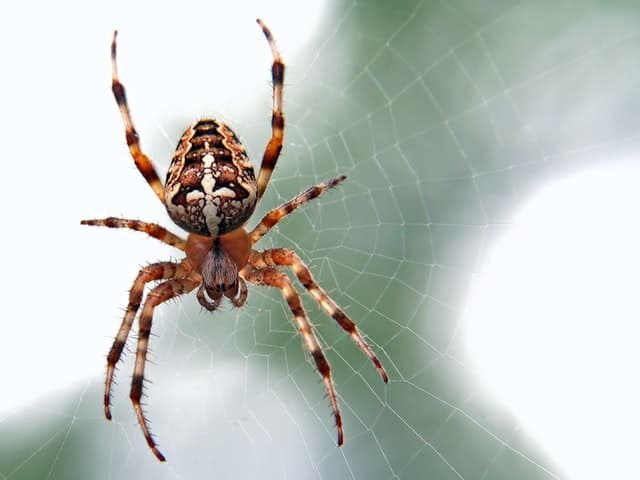
Spiders use hemolymph for oxygenation and circulation. The blood cells are called hemocytes, and they are produced from stem cells in the spider’s abdomen. Hemocytes are also used to fight infections.
Spiders’ blood contains hemocyanin, which is responsible for the color of their blood. Hemocyanin is a copper protein that has a blue color when oxidized, and a red color when reduced.
When the spider gets hurt, the hemocyanin changes from blue to red, thus making the spider look like it is bleeding.
Squid
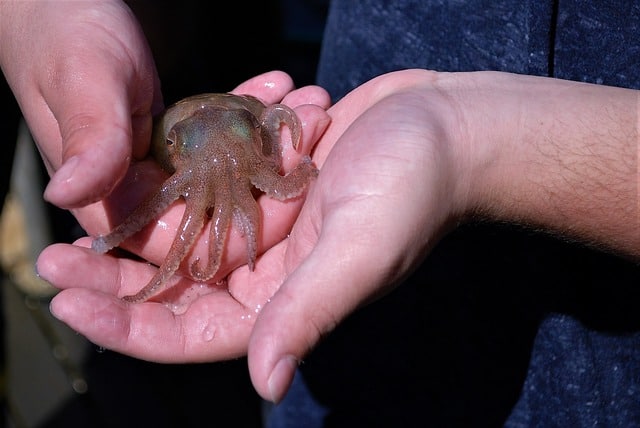
Squid blood is blue, not red as in human beings. Because squid blood contains a copper-containing compound called hemocyanin, it’s used for medical purposes. Blood is red and contains the compound hemoglobin. It has a high oxygen content.
They are actually more closely related to cuttlefish than they are to cephalopods (squids and octopuses), so you’d think they would have red blood. However, the blood of all mollusks is blue and there are animals without blood.
The blood of some squids is red, but most are blue.
Antarctic octopus
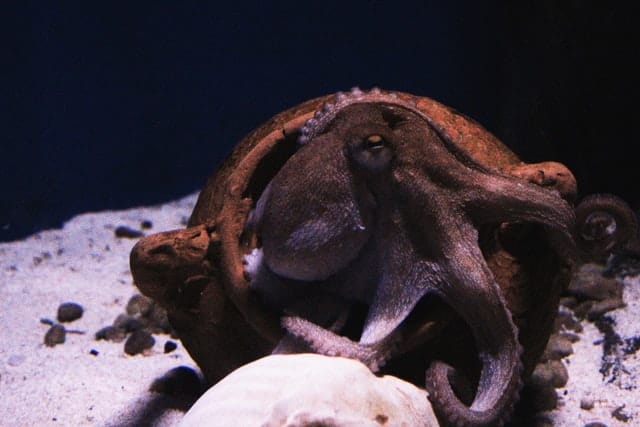
The blood of the octopus has a blue color due to the presence of hemocyanin, which is a copper protein. This protein contains oxygen molecules that give the blood a blue color.
According to the book “The Complete Book of Blood Types” by Dr. Peter J. Neuman, there are two types of octopuses; one type has red blood and the other blue-green.
Octopuses have a circulatory system similar to humans’. Their blood is made of two different types of cells: red blood cells and white blood cells. Red blood cells carry oxygen throughout the body, and white blood cells help protect against infection.
Octopuses are cold-blooded animals. They do not have any sweat glands, and they cannot regulate their body temperature like mammals. However, they have a thick layer of blubber which helps them maintain a constant core body temperature.
Horseshoe crab
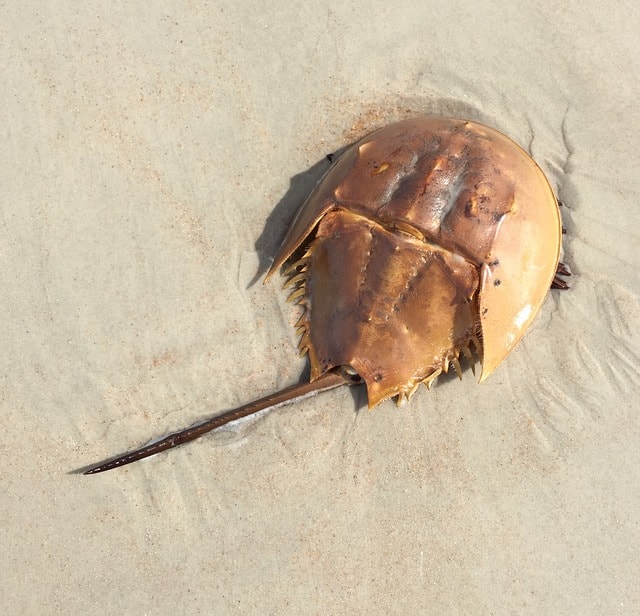
Horseshoe crabs blood is blue and has a unique blood composition that makes them immune to cancer. They also have a high concentration of iron, which helps prevent anemia.
Horseshoe crabs do not have red blood cells, but they do have hemoglobin. Hemoglobin is the protein responsible for carrying oxygen throughout the body.
The hemoglobin in horseshoe crabs is different from human hemoglobin because it has a higher affinity for oxygen. This allows horseshoe crabs to survive in environments where humans would suffocate.
Blue blood is expensive because it contains high levels of iron, which makes it difficult for the body to absorb. The best way to avoid this problem is to eat foods rich in vitamin C, such as oranges and strawberries.
Pillbug
The color of pill bug blood depends on the species. Some species are red, some are blue, and others are green. However, all pill bugs bleed when they are injured.
Most of them are blue.
Scorpion
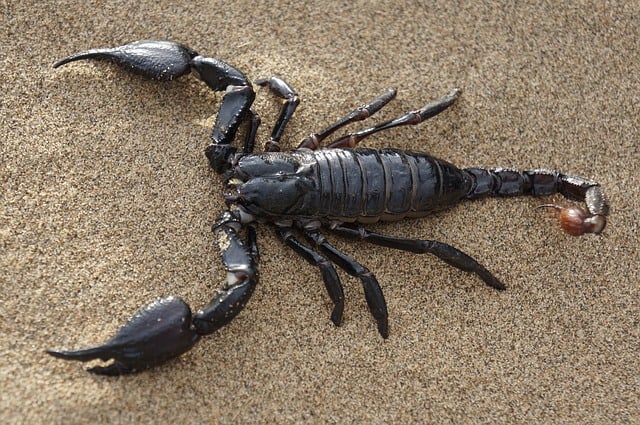
Their blood uses copper-containing hemocyanin as its main oxygen-carrying protein, which is Some scorpions also possess a type of blood called hemolymph, which is a mixture between hemoglobin and myoglobulin.
The venomous glands are located in the tail region of the scorpion’s body. The venom contains neurotoxins that paralyze prey by blocking certain receptors on nerve cells.
Yes, they are dangerous! Scorpions are venomous creatures that inject neurotoxins into their prey. Their sting causes severe pain, muscle spasms, nausea, vomiting, and breathing difficulties.
The best way to avoid getting stung by a scorpion is to stay away from areas where they live. If you do get stung, seek medical attention immediately.
Lobster
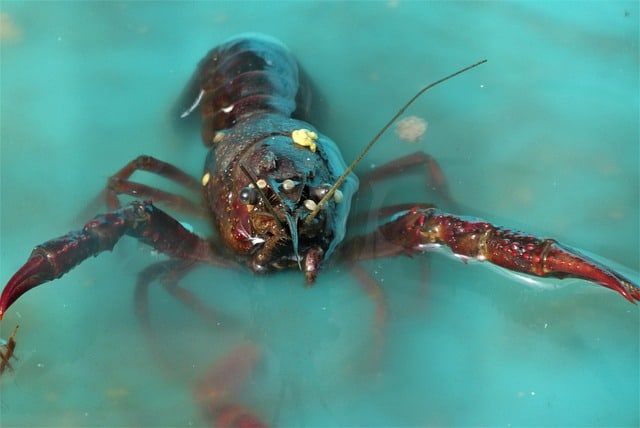
Lobster Blue Blood is a rare breed of lobster from Maine. The lobsters are named after the color of their blood which turns red when they are cooked. They are also known for having large claws, and a sweet taste.
The lobster blood color comes from the hemocyanin protein found in the blood cells of lobsters. This protein has a blue color when exposed to oxygen, but turns red when exposed to carbon dioxide.
Lobster Blood is used as an alternative to human blood for transfusions and other medical uses. It can be stored at room temperature for up to five days without losing its properties. The protein that gives it this property is called hemocyanin.
Prawn

Prawns have blue blood because they live in water. The color comes from hemoglobin which carries oxygen throughout the body.
Yes, prawns do have blood. However, they don’t bleed as humans do. They have a hemocoel that contains hemolymph, a clear fluid that helps them to move around. The hemolymph is filled with red cells, white cells, platelets, and plasma proteins.
The blood color of the prawns depends on the species. Prawns from the genus Penaeus are red, while those from the genus Palaemon are yellowish.
Also Read : Animals With Green Blood
Crayfish
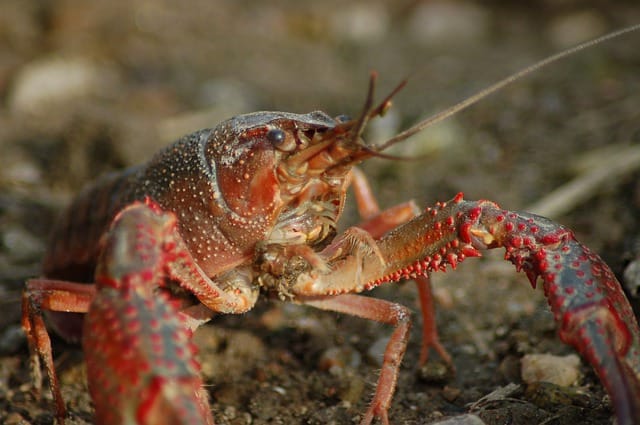
Yes, they do! They also have gills, which are used for breathing. The blood of crayfish contains hemocyanin, a copper protein that helps them breathe underwater.
What color is crayfish blood?
A crayfish are a group of freshwater crustaceans that have been around for over 400 million years. They can be found in most parts of the world, but they’re particularly common in Australia and New Zealand. Crayfish are usually brown or black, but there are many different colors of crayfish blood.
The blood color of crayfish varies depending on what part of the animal they come from. For example, the blood of Australian crayfish (genus Euastacus) is dark orange/brown, while the blood of American crayfish (genuses Procambarus and Cambarellus) is bright red.
There are about 20 different types of crayfish, each with its own unique set of characteristics. Some of these include:
- The number of legs – some crayfish only have two pairs of legs
- The length of the antennae – some crayfish have very long antennae
- The shape of the eyes – some crayfish are blind
- The size of the tail fan – some crayfish use their tails to help propel themselves through the water.
Lobsters

Lobster blood is blue because of the hemocyanin protein which gives the red color to the blood. The lobsters’ blood contains about 10 times more hemocyanin than human blood. Lobster blood can be stored at room temperatures for several days.
The lobster’s blood color depends on the species. Some lobsters have red blood while others have blue blood. Blue lobsters are usually found in colder waters. Red lobsters live in warmer water.
Scallops
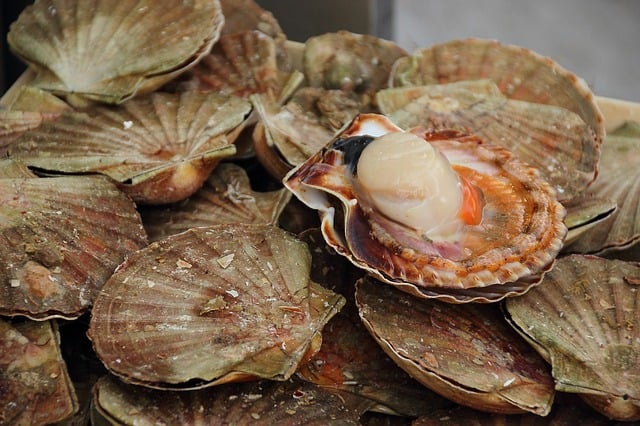
Scallops are a type of bivalve mollusk and the most popular shellfish in the world. In fact, scallops make up over half of all seafood consumed worldwide.
The scallop is one of the most important commercial fisheries in the United States and has become increasingly popular since the 1990s. Scallops are known for their sweet taste and delicate texture.
Barnacles
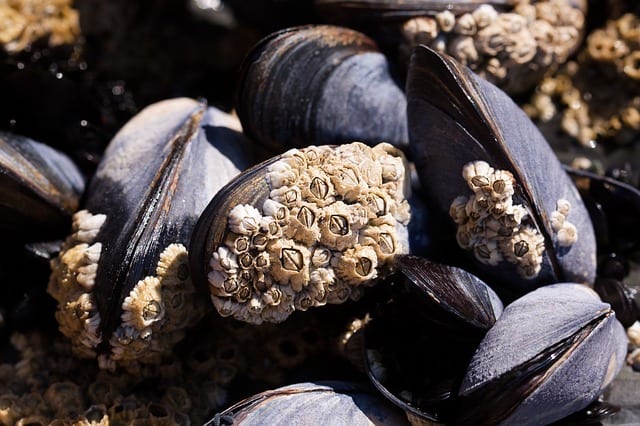
Barnacles do not have blood, but they do have a circulatory system called hemolymph which contains hemocytes. Hemocytes are cells that help fight off bacteria and other pathogens.
They also produce enzymes that break down organic matter into nutrients for the animal.
The barnacle is a marine animal of the phylum Ctenophora. The word “barnacle” comes from the Latin bernaculum, meaning “nail”, and refers to the hard shell that covers the body of the barnacle. Barnacles belong to the class Cirripedia.
